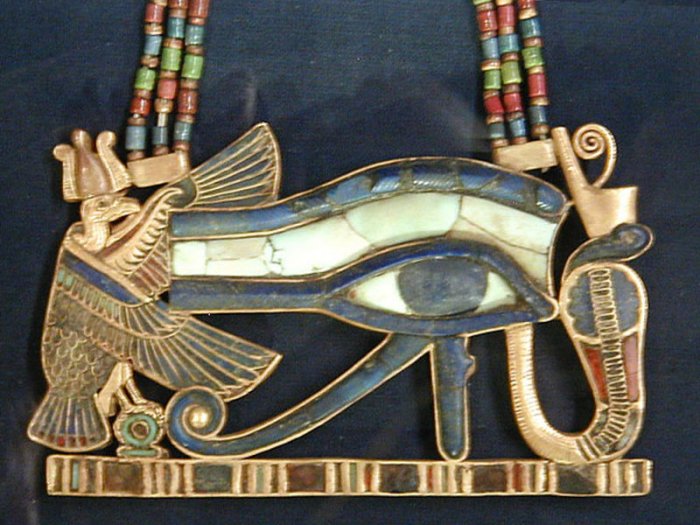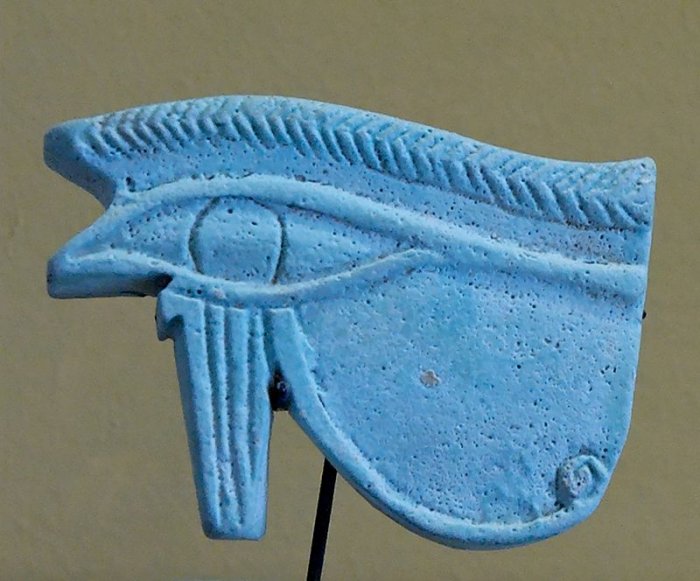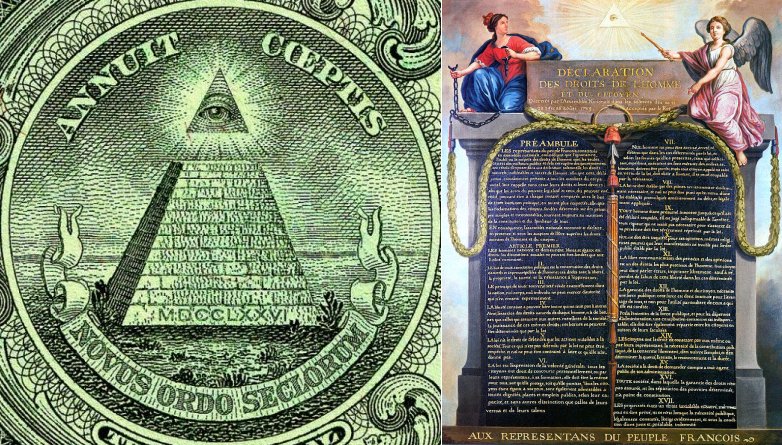Eye Of Horus – Powerful, Ancient Egyptian Symbol With Deep Meaning
David Tee - AncientPages.com - What does the eye mean? It is the big question, and the history of the Eye of Horus is fascinating.
An Eye of Horus or Wedjat pendant. Credit: Jon Bodsworth, Wikipedia
Archaeological research has shown that the Eye of Horus was seen by some ancient people, not just the Egyptians, as a special symbol that fought off evil spirits, similar to the purpose of the Hamsa symbol. The archaeologists came to this conclusion after finding three eyes of Horus on the Tel Dor necklace.
Another use for the Eye of Horus can be found in ancient Egyptian literature, where its meaning was transformed from a symbol for good things to an expression of positive imagery. This transformation did not remove it from its association with the sun but added another facet to its godly status.
While the Eye still holds many ancient meanings, it is safe to say that different people place different meanings on it. Yet, where did the eye originate?
The Origin Of The Eye Of Horus
This symbol for goodness or a god can be found in the 15th to 13th centuries BC in the land of the Palestinians. But this is different from the region of origin. The Palestinian use of the Eye was imported from the Egyptians, which was quickly done since Egypt ruled much of Palestine at different times in ancient history.
The Egyptian god Horus goes way back to early ancient Egyptian times. Horus was known as the sun god long before Ra took his place. Yet, the Eye of Horus has an even earlier origin; before it became known as the Eye of Horus, it was referred to as the Wadjet.
Amulet with the Eye of Horus. Earthenware, Achaemenid artwork, late 6th–4th centuries BC. From the Tell of the Apadana in Susa. Credit: Marie-Lan Nguyen, Wikipedia
There are variations to the term Wadjet, and it was often associated with the goddess named Wadjet. Before it became attached to Horus, other gods enjoyed being associated with the all-seeing eye. These gods were Hathor, Bast, Sekhmet, Tefnut, Nekhbet, and Mut.
The Loss Of An Eye
The early sun god Horus was not just associated with the sun. His two eyes were said to be both the sun and the moon. When Ra took over the title of the sun god, he was also known as "Ra-Horakhty or Ra, who is Horus of the two horizons."
In a battle with Set, Horus lost the use of one eye. It is often debated which of the two myths does not agree with each other on which eye was damaged. Thoth restored the eye, which was when Horus was also named Wadjet.
The waxing and waning of the moon were often thought of as a replay of the loss and subsequent healing of Horus' eye.
Ancient Use Of The Eye Of Horus
Because many ancient Egyptians believed that the Eye was all-seeing, they decided that the best use was to bring the eye to jewelry, amulets, knives, and other items in their daily life. By doing so, the ancient Egyptians and Palestinians thought they were being protected from evil.
The all-seeing eye could see what was happening and then summon help for the victim.
The Eye Of Horus And The Elements
Besides the all-seeing nature and protective properties assigned to the Eye by the ancient Egyptians, they also associated different elements with it. These elements had to do with the senses and thought:
§ The eyebrow above the eye represents the thought
§ The pupil, of course, meant sight
§ The triangle shape inside the eye was to represent hearing
§ The triangle shape represents the smell
§ Finally, the spiral curve was thought to be the tongue, and it meant taste
Left: The Eye of Providence can be seen on the reverse of the Great Seal of the United States, seen here on the US $1 bill. Credit: Wikipedia - Right: All-seeing eye on the top of the Declaration of Human Rights (1789), French Revolution. Credit: Wikipedia
Along with this and the protective properties given to the eye, the ancient added one more property. The ancients used the eye to help them form their ingredients for medicines and pigments.
The eye is divided into six parts to represent the destruction caused by the god Set. Not only were those parts given the elements above but they were also given specific fractions. The smell was ½; Sight was ¼; thought was 1/8; Hearing was 1/16; Taste was 1/32; and Touch was 1/64.
The Egyptians could do simple and complicated math problems and calculations by using the fractions assigned to Horus' eye parts.
The Eye Is Everywhere
It is the key to understanding the Eye of Horus. It has to be everywhere to see all things. Even the dead in ancient Egypt were inaccessible from the eye's gaze. Thoth is recorded in the ancient Egyptian Book of the Dead as the one who repaired blind or damaged eyes.
It was done because the Egyptians believed every body part had to function normally to help the deceased in the afterlife. Yet this was not the only mention of the eye concerning the dead.
The eye of Horus was found throughout different tombs, sarcophagi, coffins, boats, and much more. Horus had an omnipresence in Egyptian life. Sailors wanted his protection when they departed on dangerous sailing adventures.
The Modern Use Of The Eye
The most famous modern use of the Eye of Horus is its association with the Illuminati.
As mentioned earlier in Ancient Pages, there is a close connection between the Eye of Providence, the All-Seeing Eye, and the Eye of Horus. You may have seen the Eye of Providence on the back of the American dollar bill. The reason it is included has yet to be well known. But for the engravers of the dollar bill, it serves its purpose.
The Eye of Providence is a powerful symbol used for hundreds of years, if not longer. Some scholars trace its history to ancient Egypt and the Eye of Horus. The All Seeing Eye has been an important Christian symbol that can often be found on stained glass windows of churches.
Though science has since dispelled many of the myths associated with the Eye, it has not lost its attractiveness, and many people look to use it for protection or other purposes.
With a clouded origin and application, everyone in the modern age can apply their meaning and use to the Eye of Horus. It can be done even though modern Egyptians do not adhere to ancient myths or use the Eye daily.
With the dangers that lie in the ancient and modern world, it is not surprising that some people do turn to the Eye of Horus. They do this to find peace of mind and a haven from harm.
Written by – David Tee - AncientPages.com Staff Writer
Updated on Nov 24, 2023
Copyright © AncientPages.com All rights reserved. This material may not be published, broadcast, rewritten or redistributed in whole or part without the express written permission of AncientPages.com
Expand for referencesPlatt, E.E., “Bone Pendants”, (1978). Biblical Archaeologist, 41.
Stern, E. “What Happened to the Cult Figurines? Israelite Religion Purified After the Exile”, (1989). BAR, 15(4).
Ulmar, R.B.K., (2003), “The Divine Eye in Ancient Egypt and in the Midrashic Interpretation of Formative Judaism”, Journal of Religion and Society, vol. 5 pgs. 1-17.
Rivka B. Kern Ulmer - The Divine Eye in Ancient Egypt and in the Midrashic
Interpretation of Formative Judaism, Bucknell University
More From Ancient Pages
-
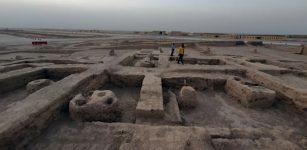 Ancient Parthian City With Hundreds Of Artifacts Unearthed In Iraq
Archaeology | Aug 16, 2022
Ancient Parthian City With Hundreds Of Artifacts Unearthed In Iraq
Archaeology | Aug 16, 2022 -
 Fate Of The Woman Whose Mysterious Doppelgänger Ruined Her Life
Featured Stories | Mar 6, 2023
Fate Of The Woman Whose Mysterious Doppelgänger Ruined Her Life
Featured Stories | Mar 6, 2023 -
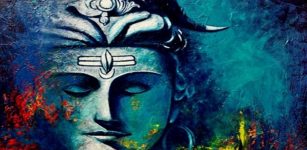 How Did Hindu God Shiva Get His Third Eye?
Featured Stories | May 13, 2019
How Did Hindu God Shiva Get His Third Eye?
Featured Stories | May 13, 2019 -
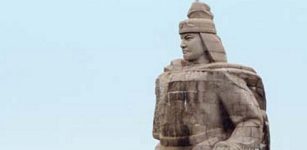 On This Day In History: Chinese General Koxinga Seizes The Island Of Taiwan – On Feb 1, 1662
News | Feb 1, 2017
On This Day In History: Chinese General Koxinga Seizes The Island Of Taiwan – On Feb 1, 1662
News | Feb 1, 2017 -
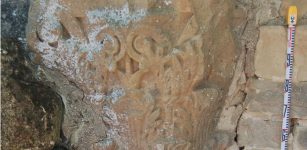 Large Previously Unknown Roman City Discovered At The Foot Of The Pyrenees
Archaeology | Jul 16, 2022
Large Previously Unknown Roman City Discovered At The Foot Of The Pyrenees
Archaeology | Jul 16, 2022 -
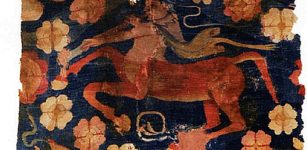 Sampul Tapestry: Mysterious Silk Road Textile Linked To Hellenistic Kingdoms Of Central Asia And Tarim Basin
Artifacts | Nov 21, 2018
Sampul Tapestry: Mysterious Silk Road Textile Linked To Hellenistic Kingdoms Of Central Asia And Tarim Basin
Artifacts | Nov 21, 2018 -
 Evidence Of The Moon-Eyed People – More Clues – Part 2
Ancient Mysteries | Dec 29, 2019
Evidence Of The Moon-Eyed People – More Clues – Part 2
Ancient Mysteries | Dec 29, 2019 -
 Biblical Lydia ‘Woman Of Purple’ Who Run Her Own Business
Biblical Mysteries | Apr 9, 2019
Biblical Lydia ‘Woman Of Purple’ Who Run Her Own Business
Biblical Mysteries | Apr 9, 2019 -
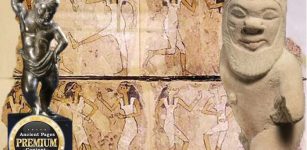 How Important Was Dance In Ancient Egypt And What Purpose Did It Serve?
Featured Stories | Jul 7, 2025
How Important Was Dance In Ancient Egypt And What Purpose Did It Serve?
Featured Stories | Jul 7, 2025 -
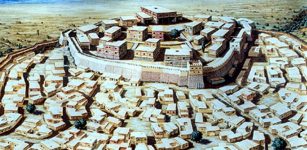 Achilles – Son Of King Peleus And Leader Of The Nereids
Featured Stories | Sep 3, 2015
Achilles – Son Of King Peleus And Leader Of The Nereids
Featured Stories | Sep 3, 2015 -
 Viking Law And Order Was Based On The Thing System
Ancient History Facts | Aug 21, 2023
Viking Law And Order Was Based On The Thing System
Ancient History Facts | Aug 21, 2023 -
 Trolls – Fascinating Mythical Creatures Of Scandinavia
Featured Stories | Jun 13, 2022
Trolls – Fascinating Mythical Creatures Of Scandinavia
Featured Stories | Jun 13, 2022 -
 World’s Oldest Wooden Structure Discovered And It Predates Homo Sapiens – Archaeologists Say
Archaeology | Sep 20, 2023
World’s Oldest Wooden Structure Discovered And It Predates Homo Sapiens – Archaeologists Say
Archaeology | Sep 20, 2023 -
 Neolithic Watermelons Reveal Some Surprises About Our Ancestors
Archaeology | Aug 6, 2022
Neolithic Watermelons Reveal Some Surprises About Our Ancestors
Archaeology | Aug 6, 2022 -
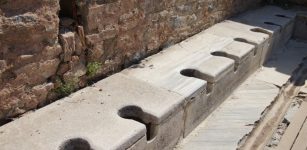 First Pay Toilets Were Invented In Ancient Rome In 74 A.D.
Ancient History Facts | Jan 29, 2017
First Pay Toilets Were Invented In Ancient Rome In 74 A.D.
Ancient History Facts | Jan 29, 2017 -
 Was Biblical Adam A Giant Who Emerged From An Underground World?
Ancient Mysteries | May 24, 2018
Was Biblical Adam A Giant Who Emerged From An Underground World?
Ancient Mysteries | May 24, 2018 -
 On This Day In History: Magellan’s Expedition Circumnavigates Globe – On Sep 6, 1522
News | Sep 6, 2016
On This Day In History: Magellan’s Expedition Circumnavigates Globe – On Sep 6, 1522
News | Sep 6, 2016 -
 Viking Age Mass Grave Reveals Gruesome Discovery At Historical Village Of Repton, England
Archaeology | Feb 4, 2018
Viking Age Mass Grave Reveals Gruesome Discovery At Historical Village Of Repton, England
Archaeology | Feb 4, 2018 -
 Where Is One Of Colorado’s Most Mysterious Long-Lost Artifacts? Have New Clues Emerged?
Featured Stories | Aug 20, 2024
Where Is One Of Colorado’s Most Mysterious Long-Lost Artifacts? Have New Clues Emerged?
Featured Stories | Aug 20, 2024 -
 Teens Make Incredible Discovery In An Ancient Florida Cave
Featured Stories | Mar 15, 2024
Teens Make Incredible Discovery In An Ancient Florida Cave
Featured Stories | Mar 15, 2024

